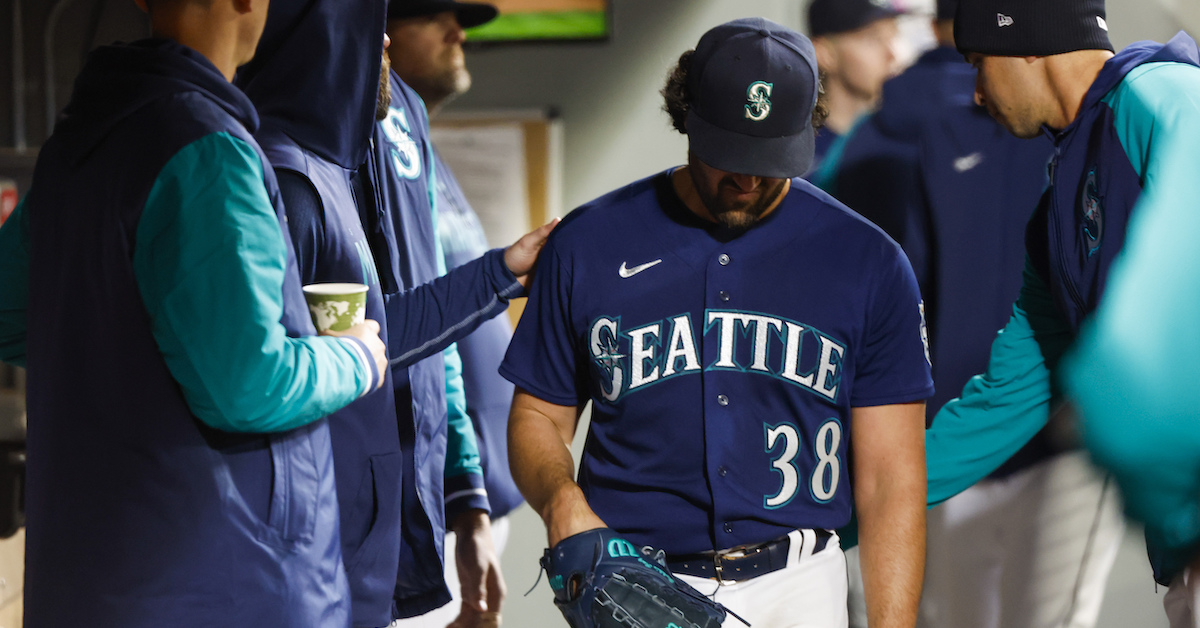Sunday Notes: Bill Haselman Recalls the Brawl That Almost Broke Cal’s Streak
Bill Haselman precipitated a memorable brawl on June 6, 1993. Plunked by a Mike Mussina pitch, the Seattle Mariners catcher charged the mound and proceeded to tackle the Baltimore Orioles right-hander. The melee that followed was a doozy. Tussles involving numerous players took place all around the infield, and when all was said and done, seven players were ejected, and at least four were injured — including one who had played in 1,790 consecutive games.
“It was just a weird situation,” recalled Haselman, three decades later. “Chris Bosio was pitching for us — he’d come back from a broken collarbone — and he threw balls behind Mark McLemore and Harold Reynolds. The first one wasn’t on purpose. The one he threw behind Reynolds [in the bottom of the sixth inning] was on purpose. Reynolds had bunted for a hit against him with two strikes, and he’d also always hit Bosio well [14-for-28 lifetime]. Back then, that’s what you did: you hit a guy. The pitch went behind him.
“We come up in the seventh and Mussina punches out Jay Buhner and Mackey Sasser,” continued Haselman, who is now a coach for the Los Angeles Angels. “I’m up next, and I had an idea of what might happen. I never had any thought of charging the mound — I’d never done it in my life — but for some reason, I did. It was ‘Boom!” Then there was a brawl.”
Haselman had homered off of Mussina earlier in the game, but the erstwhile backstop doesn’t believe that had any bearing on the HBP. Rather, it was because Bosio had thrown behind a pair of Birds. Mussina’s pitch didn’t miss, and that fact that it was a shoulder shot contributed heavily to Haselman’s impromptu mound visit. “I didn’t like it being so high, near my head,” he explained. “That’s why I went out there.” Read the rest of this entry »








